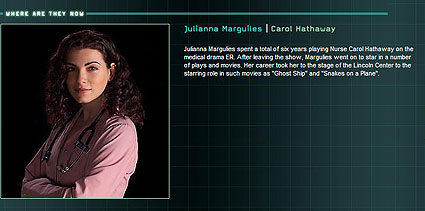ChittahChattah Quickies
- Designing the future of publishing – Or the screen might be smaller, on the assumption that even the most serious readers don’t just sit on a couch for hours and read Tolstoy. They also read shorter works, in all sorts of places, and at least some of them would likely value a highly portable device over one with a big screen. And if our designer’s boss insists that most people don’t want to carry multiple portable devices, she’ll also build in a phone and camera, and make sure her processor can run not only an e-reading application, but plenty of other software too…What does this mean for the future of the e-reader space? Will we see a bifurcated market, with our first group buying gussied-up descendants of the Kindle, and the second preferring tablet-style computers? It’s hard to imagine that this won’t happen.
(Thanks @nquizon for the pointer to @litnow) - Skiff E-Reading Service to Launch in 2010 – Skiff (incubated by Hearst) oday announced plans to launch a new consumer e-reading service platform in 2010 that will deliver enhanced content experiences to dedicated e-readers, as well as to multipurpose devices such as smartphones and netbooks. The Skiff™ service and digital store will feature a comprehensive selection of newspapers, magazines, books and other content from multiple publishers, uniquely optimized for wireless delivery to devices and delivery via the Web.
- Empire of the Word – …a compelling look inside the act of reading and traces its impact on more than five thousand years of human history. The series traces reading's origins; examines how we learn to read; exposes censors' attempts to prevent our reading; and finally, proposes what the future might hold for this most human of creative acts.
(Thanks, Mom!)












